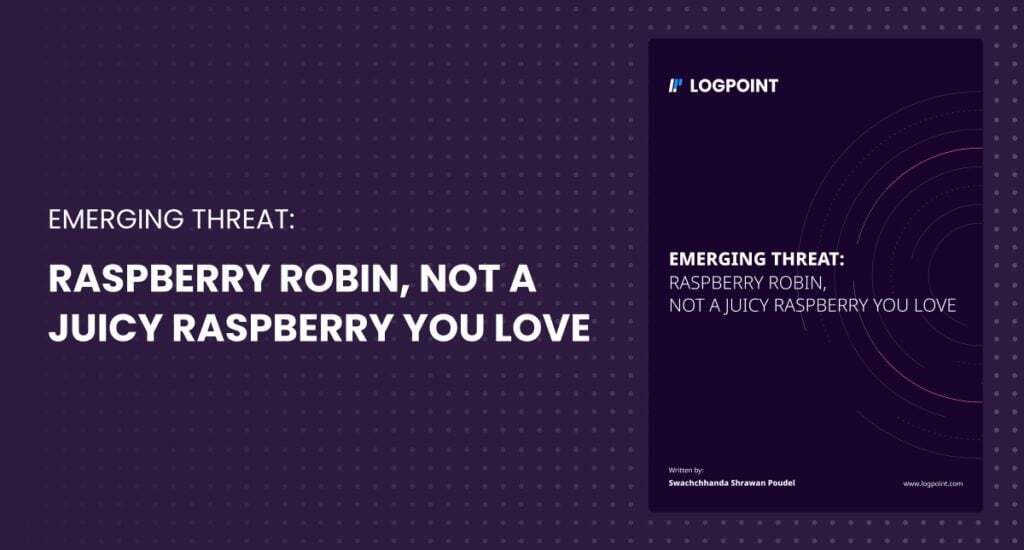Raspberry Robin, Not a Juicy Raspberry You Love
Fast facts
-
Raspberry Robin, previously disseminated through USB drives, now employs Discord for distribution.
-
The utilization of Raspberry Robin has been observed dropping a variety of payloads, including ransomware and stealers, such as CLOP.
-
Tools like RunDLL32 and Shell32.dll are abused for living off the land for proxy execution of malicious CPL files
-
Raspberry Robin, also known as the QNAP worm, is attributed to a threat actor dubbed DEV-0856.
In the ever-changing environment of cybersecurity threats, new adversaries arise, employing increasingly sophisticated methods to enter networks and steal data. Among these adversaries is Raspberry Robin, a malware strain known for its many attack paths and evasive nature.
Raspberry Robin, discovered by Red Canary in 2021, began as a worm, propagating through USB devices and infiltrating infected systems. However, it has evolved quickly and noticeably, adapting to modern strategies for infiltration and evasion.
CheckPoint’s recent results shed light on Raspberry Robin’s current techniques. The infection has spread beyond USB devices, and Discord is now used as a distribution channel. Raspberry Robin is now masquerading as valid Windows-signed programs, using advanced DLL side-loading techniques to avoid detection.
Raspberry Robin was discovered to exploit zero-day vulnerabilities such as CVE-2023-36802 for local privilege escalation, demonstrating its flexibility and resilience in changing security measures. Also, the fact that Discord is used as a distribution channel highlights the importance of companies remaining aware and proactive in their protection procedures.
To respond to the increasing danger of Raspberry Robin, enterprises must prioritize remaining aware and prepared. Understanding the malware’s mode of operation and developing strategies is critical for security experts to successfully identify, mitigate, and eventually prevent its destructive actions.
The fight against threats like Raspberry Robin persists as the cybersecurity landscape changes. We can preserve our digital ecosystems and data integrity by partnering, educating, and implementing robust security measures like the Logpoint Converged SIEM platform.
If you want to learn more about the danger of Raspberry Robin, you can read Logpoint’s latest Emerging Threats Report. This paper investigates the malware’s origins, infection chain, and technical analysis. Furthermore, it provides vital insight into detection and remediation options using the Logpoint Converged SIEM platform.
Stay aware, remain cautious, and work together to strengthen our defenses against the ever-present menace of Raspberry Robin and its cyber cousins.





